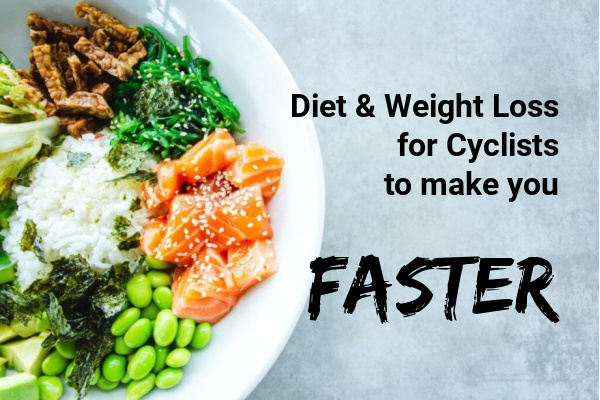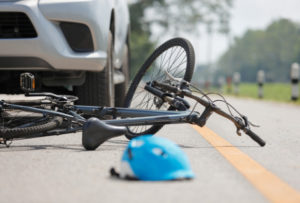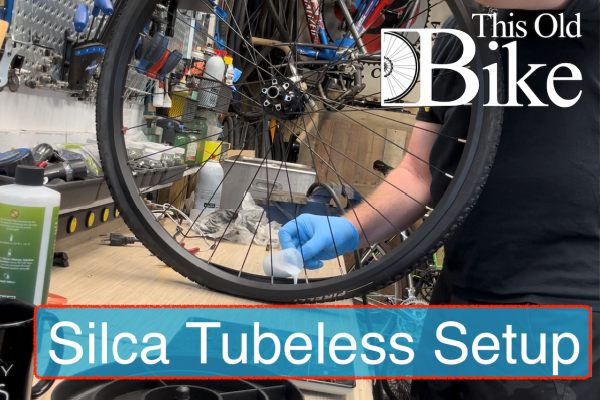
Diet And Weight Loss To Make You Faster
Nutrition and food choices are a key component of weight loss for all endurance athletes, including cyclists. When done correctly, weight loss can have a huge

by: Bicycle Colorado

We all hope we won’t get into a crash. Until and unless the safety status quo on our streets changes, there is a chance that some of us will be hit and injured. With the wish that this never happens to you, we wanted to provide important advice for what to do if you or a loved one is in a crash while riding their bike. This blog covers insurance and how to stay legally protected following a crash.
We acknowledge that securing and maintaining health insurance is often prohibitively expensive, but if it’s something you can fit in your budget, it will be worth it in the case of extreme medical bills.
Bike lawyers recommend that in addition to health insurance, people riding bikes—whether for commuting, road biking or anything else—should also have auto insurance with medical payment coverage and uninsured and underinsured motorist coverage. If you don’t own a motor vehicle, you can get non-owner car insurance. This can help get you compensation for medical bills whether or not the driver is insured and without delays from the at-fault party’s insurer.
As bicyclists are considered “vehicles” under Colorado law, we encourage you to follow road rules where it is safe and reasonable for you to do so.
Data from the Colorado Department of Transportation (CDOT) covering 2017-2019 indicates that 72.2% of reported crashes between bicyclists and drivers took place at intersections or were “intersection related” in that time frame.
The new Colorado Safety Stop helps keep people riding bikes safer at intersections because it provides a legal option to clear the intersection before other traffic arrives. Thanks to the Colorado Safety Stop, you are legally permitted to:
Remember that an initial consultation with an attorney does not mean you are retaining them for counsel. They will help you decide whether the case needs their support or if you can pursue the case yourself.
Many thanks to Brad Tucker of Colorado Bike Law for his insight and input. Brad is the Board President of Bicycle Colorado and we are grateful for his work on the board and his support of the organization. Thanks as well to Brian Weiss and Megan Hottman.
 BICYCLE COLORADO
BICYCLE COLORADOBicycle Colorado is a 501(c)3 nonprofit based in Denver. We use advocacy, education and passion to make Colorado one of the most bicycle-friendly states in the nation. We encourage and promote bicycling, increase safety, improve conditions and provide a voice for people who ride bicycles in Colorado. With the support of our members and numerous partnerships across the public and private sector, we’ve made significant strides in improving bicycling since 1992.

Nutrition and food choices are a key component of weight loss for all endurance athletes, including cyclists. When done correctly, weight loss can have a huge

Photos are rolling from Mt. Blue Sky/Bob Cook Memorial Hill Climb p/b Team Evergreen on that was held this past weekend. The day lived up

Pad Thai is a popular street food in Thailand, which is whipped up quickly and packed full of flavor. It’s one of our favorite post-ride

Tubless Tires: Myth or Magic? Justin Bolinger of I Know a Guy Bicycles “UNBOXES” the Truth about this setup (Should you go Tubeless?) Recent Posts

Last week, Douglas County hosted the Natural Grocers Criterium at their sheriff’s training facility, and the camera of Ryan Muncy/Ryan Muncy Photography was on the scene

When you are looking to refuel at lunchtime, go for carbs and quality protein – this pasta dish is ideal. Cycling takes energy, and energy come